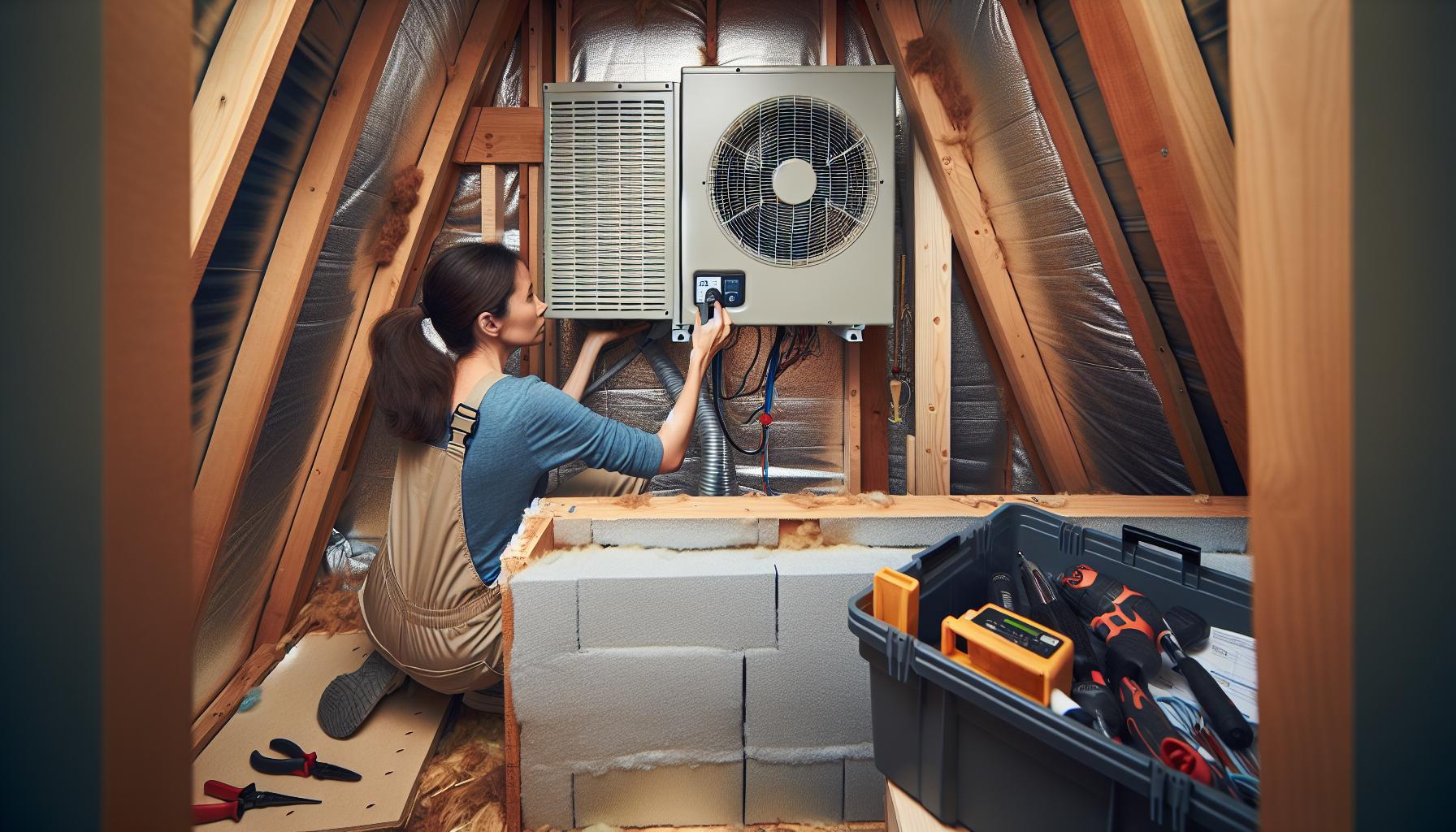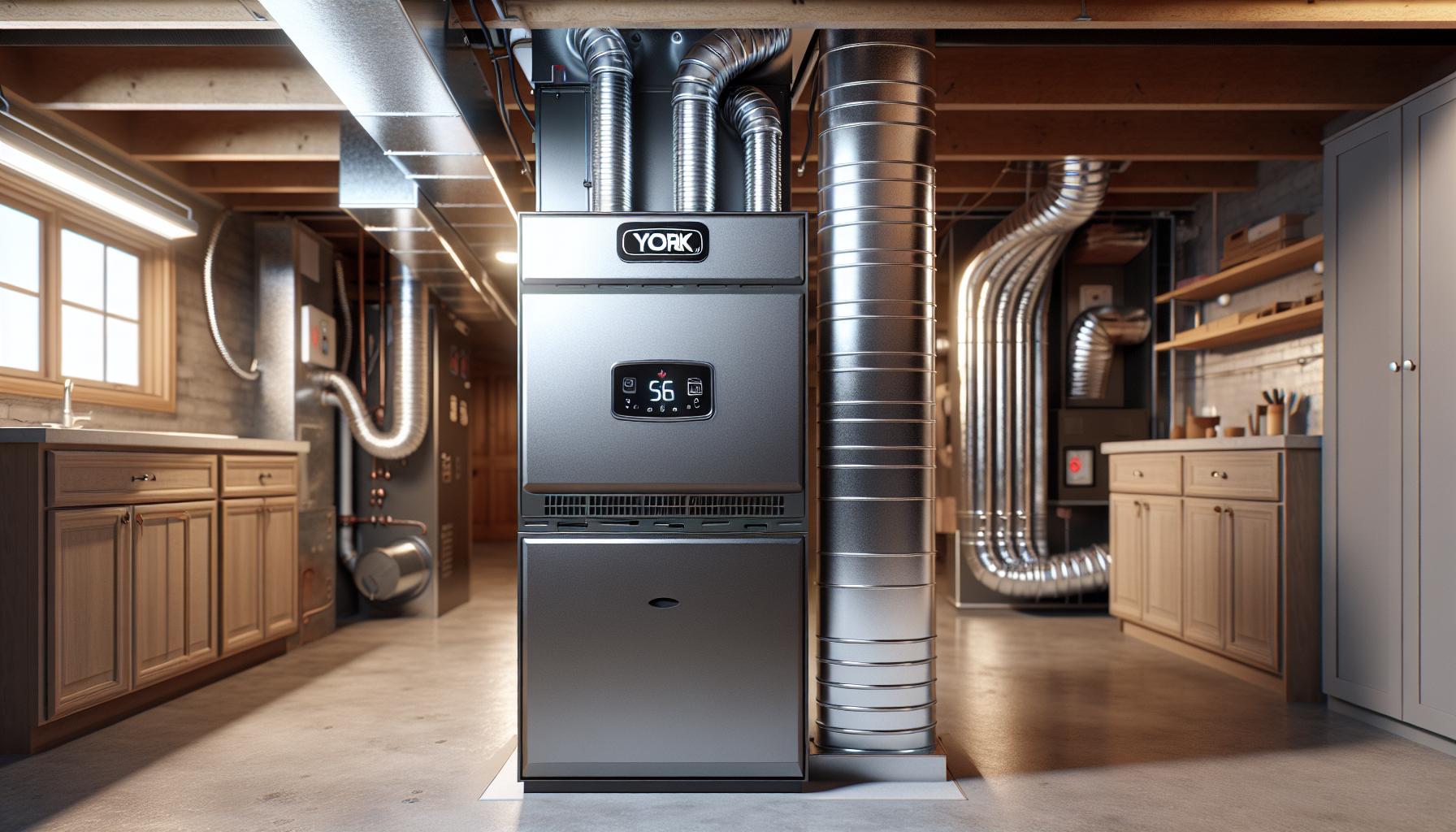Experiencing issues with your Atwood water heater failing to ignite can be more than just an inconvenience; it’s a disruption to your daily routine. You’re probably wondering what’s gone wrong and how you can fix it quickly. In this article, we’ll dive into the common reasons your Atwood water heater isn’t igniting and provide you with practical troubleshooting tips to get your hot water flowing again. Whether it’s a faulty thermocouple or a gas supply issue, you’ll learn how to identify and resolve the problem with confidence. So, roll up your sleeves and let’s get your water heater back in action.
Common Reasons for an Atwood Water Heater Failing to Ignite
When your Atwood water heater won’t ignite, it’s critical to pinpoint the cause accurately. Faulty Electrical Connections are a primary concern. Over time, wires can corrode or become loose, disrupting the flow of electricity required to ignite the heater.
Another culprit could be a Depleted Gas Supply. If the propane tanks are empty or the valves are closed, your heater won’t ignite. Regular checks of your gas levels can prevent this issue from catching you off guard.
Perhaps the most common issue is the Failure of the Ignition Components. The components responsible for sparking the ignition may be worn out or malfunctioning. The parts that often fail include:
- Spark electrodes
- Circuit boards
- Control panels
These components are intricate and typically require professional assessment.
It’s also essential to consider the Condition of the Burner Assembly. Dirt and debris can accumulate and obstruct the proper functioning of the burner, leading to ignition failure. Cleaning the assembly is a maintenance task that can’t be overlooked.
Finally, the Thermostat and ECO (Energy Cut Off) may be the problem. If these components malfunction, they can prevent the heater from igniting as a precautionary measure to avoid overheating or damage.
Troubleshooting these issues promptly will help you regain the comfort of hot water without delay. Regular maintenance and timely repairs ensure the longevity and reliability of your Atwood heater.
Troubleshooting Tips for a Faulty Thermocouple
When your Atwood water heater won’t ignite, the thermocouple could be at fault. This safety device detects whether the pilot light is lit and shuts off the gas if it’s not. If it’s malfunctioning, your water heater won’t ignite, but don’t worry – you can troubleshoot this issue with some practical steps.
Firstly, check the position of the thermocouple. It needs to be in direct contact with the pilot flame. If it’s even slightly misaligned, it won’t sense the heat correctly. Gently bending the bracket can reposition it, but be careful not to break it.
Inspect for dirt or corrosion on the thermocouple. Any buildup can insulate the thermocouple, preventing it from detecting heat accurately. You can clean it with fine sandpaper, but if corrosion is severe, replacement is the better option.
Test the thermocouple’s voltage with a multimeter set to the millivolt range. If it’s operational, it should produce a small voltage when the pilot is lit. Typically, a good thermocouple will generate between 20 to 30 millivolts. Voltage below this range indicates it’s time to replace the thermocouple.
Replacement is straightforward but ensure the heater is off and fully cool before starting. Always follow the manufacturer’s instructions when installing a new thermocouple. After replacing it, confirm that the pilot light stays lit and that the burner ignites.
Remember to routinely inspect and maintain your thermocouple to prevent future ignition problems. Regular checks can ensure that your water heater operates efficiently whenever you need it.
How to Fix a Gas Supply Issue in Your Atwood Water Heater
If your Atwood water heater isn’t igniting, you might have a gas supply problem. Ensuring sufficient gas flow is crucial for the proper functioning of the heater. Here’s how to diagnose and fix potential gas supply issues.
Check the Propane Tanks
First, verify whether your propane tanks are full and that the valves are turned on. An empty tank or closed valve will prevent gas from reaching the burner assembly.
Inspect the Gas Regulator
A gas regulator controls the pressure of the gas entering your water heater. If it’s faulty, the gas flow can be irregular or insufficient. Look for signs of wear or damage and replace the regulator if necessary.
Examine the Gas Lines
Blockages or leaks in the gas lines can impede gas flow. Conduct a thorough inspection of the lines for any signs of obstruction or damage. If you smell gas or hear a hissing sound, turn off the gas supply immediately and consult a professional.
Check the Burner Assembly
Sometimes, the issue might be with the burner assembly itself. Ensure it’s clean and free from debris, as dirt can prevent gas from igniting. Clean the burner using a soft brush to remove any build-up.
Test Gas Pressure
Inadequate gas pressure will affect ignition. You can use a manometer to test the pressure. Refer to your Atwood water heater manual for the optimal pressure range and adjust accordingly if it’s off mark.
Following these steps can help restore your Atwood water heater to proper function. Regular maintenance to these components can prevent future ignition issues and extend the lifespan of your heater. Always remember to exercise safety and turn off the gas supply before performing any checks or maintenance on your water heater.
Signs That Indicate a Malfunctioning Ignition Control Module
When you’re tackling ignition issues with your Atwood water heater, it’s crucial to recognize the symptoms of a failing ignition control module. Understanding these signs can save you time and ensure that you’re pinpointing the correct problem.
Frequent Pilot Outages
If you notice that your water heater’s pilot light goes out more often than usual, this can be a direct indication that the ignition control module isn’t functioning properly. Normally, a healthy ignition system maintains the pilot light once it’s lit.
Delayed Ignition
Another telltale sign is a delayed ignition. When you attempt to start the heater, it should ignite promptly. Any hesitation or delay could point towards issues within the ignition control module.
Intermittent Ignition Failure
Does your heater fail to ignite intermittently? If you’re experiencing sporadic success with lighting the pilot, it suggests that there may be an intermittent fault in the control module. Consistency is key to proper functioning.
Error Codes
Modern Atwood water heaters come with diagnostic systems. Error codes displayed on the control panel can be a swift giveaway that there’s an issue with the ignition control module. Always refer to your water heater’s manual for specific error code meanings.
By staying alert for these signs, you’re better equipped to identify a potential problem with the ignition control module. Remember, working with gas and electrical components poses risks, so exercise caution and consider seeking professional assistance if you’re unsure about tackling the repair yourself.
Important Maintenance Practices to Prevent Ignition Problems in Your Water Heater
Regular maintenance is key to ensuring your Atwood water heater runs efficiently and avoids ignition issues. By incorporating these fundamental practices, you’ll minimise the chances of experiencing frustrating ignition failures.
Annual Inspection: Every year, have a certified technician inspect your water heater. They’ll check critical components, including the burner assembly, ignition control module, and gas supply lines, to ensure everything is functioning properly.
Clean the Burner Assembly: Dirt and debris can accumulate on the burner assembly, causing poor ignition. Turn off the gas supply and gently clean the burner with a soft brush to remove any buildup.
Check the Gas Pressure: Incorrect gas pressure can lead to ignition troubles. Your heater’s manual specifies the correct pressure; use a manometer to verify that your system is within the recommended range.
Test the Spark Electrode: The spark electrode ignites the gas; if it’s faulty, your water heater won’t ignite. Check for damage or soot and clean it carefully. If problems persist, it may need replacing.
By incorporating these maintenance practices, your Atwood water heater is less likely to encounter ignition issues. Stay proactive in your maintenance routine to enjoy consistent hot water when you need it.
Conclusion
Tackling ignition problems with your Atwood water heater needn’t be daunting. You’ve now got the know-how to address a faulty thermocouple and keep your system in top shape with regular maintenance. Remember that keeping the thermocouple clean and correctly positioned is key to a reliable pilot light. And don’t forget those annual check-ups by a professional—they’re crucial for your water heater’s longevity. With these tips in your arsenal, you’re well-equipped to ensure a warm and comfortable home, free from the worry of cold showers.





